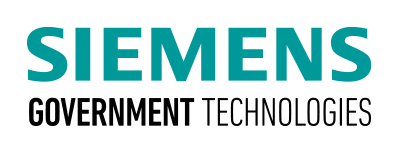5 powerful benefits of blockchain technology for the Department of Defense
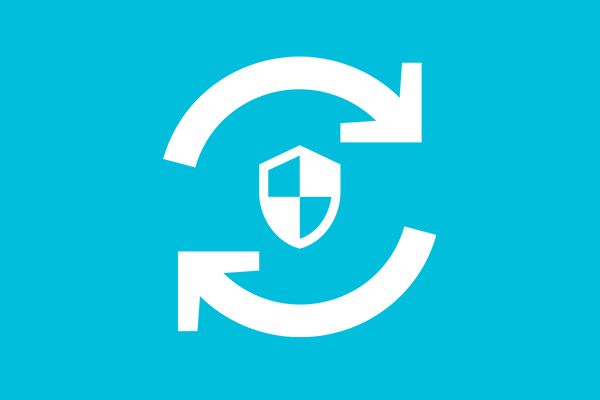
1. Strengthening cybersecurity
Blockchain technology can be used to mitigate cybersecurity attacks and to support military operations. Since blockchain is a type of distributed ledger, all network participants share the same documentation, as opposed to individual copies. That shared version can only be updated through consensus, which means everyone must agree on it. To change a single transaction record would require the alteration of all subsequent records and the collusion of the entire network.
Blockchain balances the need for secure data and system visibility. The tamper-proof nature of blockchain makes it difficult to compromise because a successful attack requires the attacker to be able to gain control of many participants. This “cyber-secure” characteristic of blockchain make it an ideal technology for a range of defense applications, such as command and control, control of critical infrastructure, like microgrids, and eliminating the possibility of permanent erasure of data.
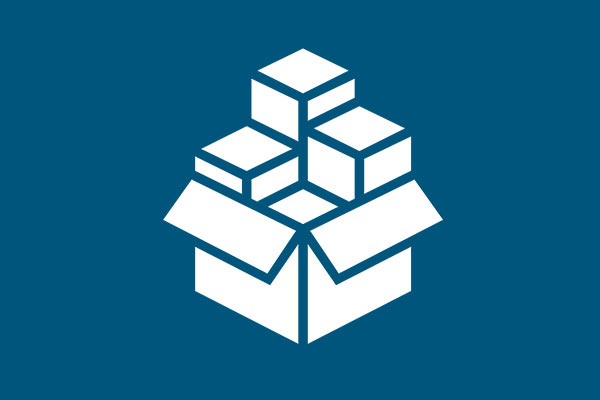
2. Improving supply chain integrity and traceability
In recent years, the risk of counterfeit, faulty, or malicious components making it into the DoD supply chain has increased dramatically. Blockchain technology acts as a trust enabler within procurement ecosystems by allowing greater visibility and collaboration between origination and destination.
Across the world, companies that depend on their supply chains are turning to blockchain technologies. Manufacturers, retailers, and the transoceanic shipping companies are implementing blockchain-based “track and trace” systems which provide assurance and trust of product components from their origins to the end consumer.
Blockchain technology can bring the defense supply chain into the future by bridging the gap between the physical and digital world and developing a hierarchical logistics ecosystem that is fueled by collaboration and trust. For example, blockchain technology can help secure the DoD’s microelectronics supply chain by improving asset visibility and mitigating risk of counterfeit or fraudulent components.

3. Reducing single points of failure in emergency decision-making
A single point failure in technology is part of a system that, if it fails, will stop the entire system from working. Blockchain technology can reduce single points of failure in emergency and catastrophe decision-making by subjecting decisions to consensus validation through distributed ledger technologies.
For example, in the event of an emergency situation at a military installation, digital solutions can be programmed to use data stored in the blockchain to to root out, isolate, and mitigate against compromises that seek to exploit single points of failure in any networked system. The net result is a command and control hierarchy that can facilitate high confidence in decision making based on the efficacy of data generated from the systems being relied upon.
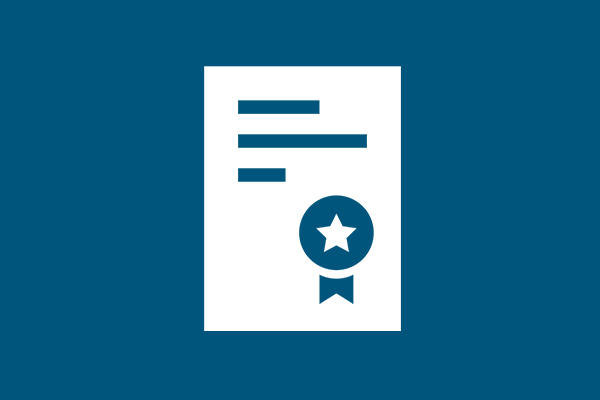
4. Enhancing transparency of procurement auditing
Blockchain technology can improve the integrity, efficiency, and value-for-money of the U.S. Federal Government contract management and procurement processes. Including blockchain technology into the architecture of an e-procurement system comes with the advantage of a ledger that is tamper resistant and capable of being updated and shared in real-time amongst participants in a network to promote trustworthiness and traceability.
The unique ability of blockchain to validate and form consensus around the accuracy and completeness of data being shared on a common ledger amongst a group of semi- to non-trusting parties opens up many possibilities to improve e-procurement for the U.S. government.
Blockchain technology can help the DoD better assess contract award time frames, utilize up-to-the-minute inventory information in procurement decisions, and create an immutable audit trail.
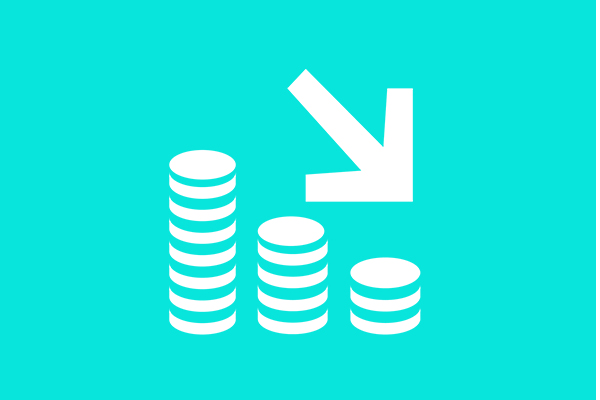
5. Reducing costs
A direct benefit of leveraging blockchain technology is that it reduces data reconciliation costs. For the DoD, millions of dollars are spent each year conducting quality assurance checks, data reconciliations, and program audits. The availability of high integrity data through a blockchain allows the DoD to increase their information intelligence through advanced analytics and data science solutions which were previously not possible.
Blockchain can also save money by eliminating unnecessary middlemen who add little, if any, value. Reducing or eliminating manual processes and reducing fraud can all reduce operational costs and further increase efficiency.
For example, a U.S. naval program needed to cut supply chain costs away from inefficient third parties and wanted to lessen the logistical burden. Using blockchain and automated smart contract agreements, the naval program was able to cut the internal order intake processes by 45 percent by taking out manual entering and requiring fewer people to verify yes or no decision making in their logistics process, saving international partners 30 percent in supply chain exchange fees without having to use a third-party system to create the payment.1
